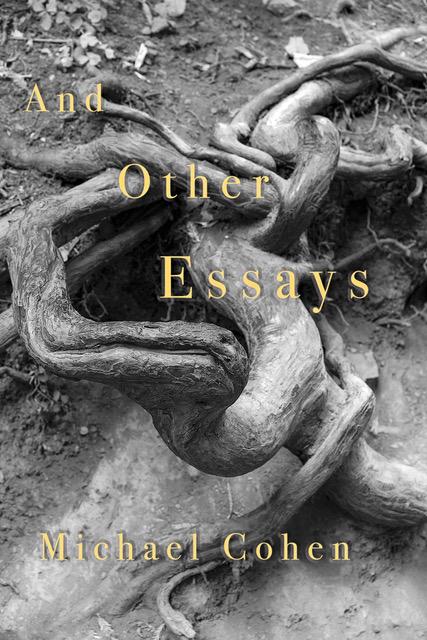Lord Gorell was one of the lesser-known members of the famous Detection Club, even though he served as its co-president. The fact that he did the work while Agatha Christie, his co-president, got the glory helps explain his lesser fame, but so does the fact that he only wrote half a dozen mysteries, and none seems to be still in print, while he is not even mentioned in Chris Steinbrunner and Otto Penzler’s Encyclopedia of Mystery and Detection (1976). And yet, he certainly anticipated the genre of the country-house mystery; his In the Night (1917) begins with a map of Salting Towers, and Ronald Gorell Barnes (who was already the third Baron Gorell when this book was published, though the title page has his common name only) tells us in a preface that he intends to play fair with the reader, who will be given all the clues necessary to solve the mystery, or at least all those his detective has in hand at the solution. For me, the book is most notable for its young woman character, Evelyn Temple, who out-detects the detective, though she misses the solution. But so does he.
At Salting Towers Sir Roger Penterton has been murdered. Inspector Emmanuel Humblethorne is on holiday in the “picturesque and unexciting” village of Salting, at the Rose and Crown, where he tries to speak to a fellow guest and is rebuffed. He joins the investigation; Sergeant Birts is happy to have someone take the responsibility. Humblethorne soon realizes from the family faces at Salting Towers that the rude guest at the Rose and Crown is the son of the family, John Penterton, whom his father sent packing ten years previously for having married against Sir Roger’s wishes. John Penterton left the inn immediately after his rebuff of Humblethorne, who begins to theorize, with John as the villain, when he discovers that someone has let an outsider into the house, through the drawing room doors, the night before.
Actually it is not he that makes that discovery, but Evelyn Temple, close friend of the Penterton daughter Celia. Evelyn also discovers that the silver cigarette case lying near the body is not the murder weapon, but was thrown, missing Sir Roger and hitting the wainscoting on the stairs and leaving a mark. It was only later placed in the position she finds it, close enough to the body to have a bloodstain on its underside. Evelyn believes that Celia or Sir Roger’s secretary, Philip Castle, must have let John in, and either Philip or John committed the murder. She does not wish to believe any of this, but it is clearly the theory that Humblethorne is working on.
Evelyn also discovers the murder weapon, a statuette in a niche on the stair landing, ready at hand to drop on the head of Sir Roger. There is blood on it, and fingerprints that Evelyn matches to the butler’s after a little unwitting instruction about revealing latent prints by Humblethorne and a clever ruse to get the butler to handle a glass.
Of course the butler didn’t do it and Evelyn was mistaken in thinking so, but Humblethorne was even farther out in his ideas about how the murder was done and who did it. Neither can take credit for discovering the murderer, but Evelyn clearly did more of the detective work than Humblethorne. Yet it is the inspector who condescendingly mansplains to Evelyn at the end, indicting himself without knowing it:
“If you don’t mind taking a tip from me, Miss Temple,” she heard Humblethorne saying in her ear as they went along the passage, “you have a real gift, but you make one mistake.”
“What is that?” she asked without the least interest.
“In thinking that there can be only one explanation of any set of facts,” he replied. “Now I have had years of experience and I know that the same facts can often be explained in several different ways. And you see now that I’m right.”
“Yes,” she answered slowly, “I see now: it is wonderful to see at last, isn’t it?”
